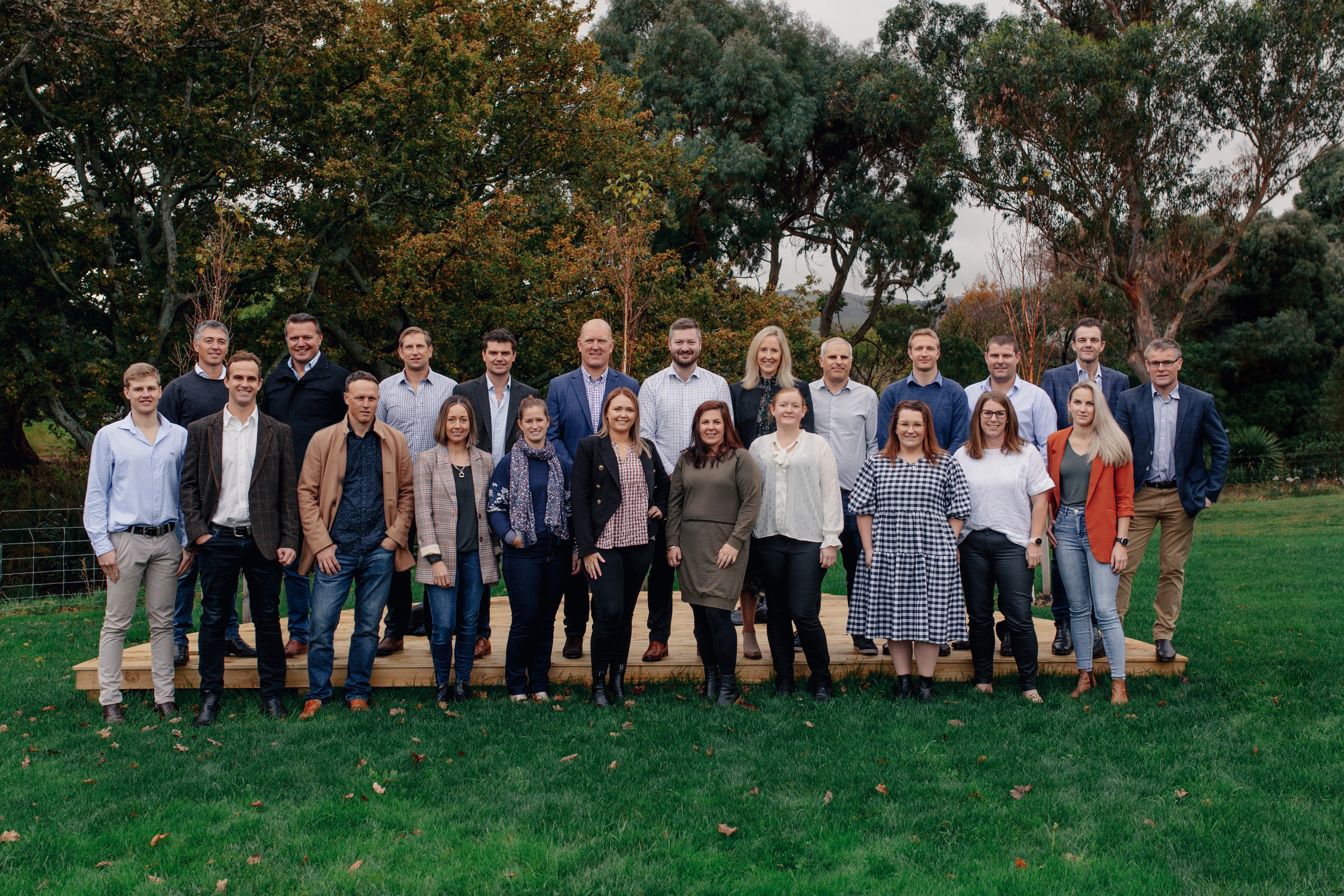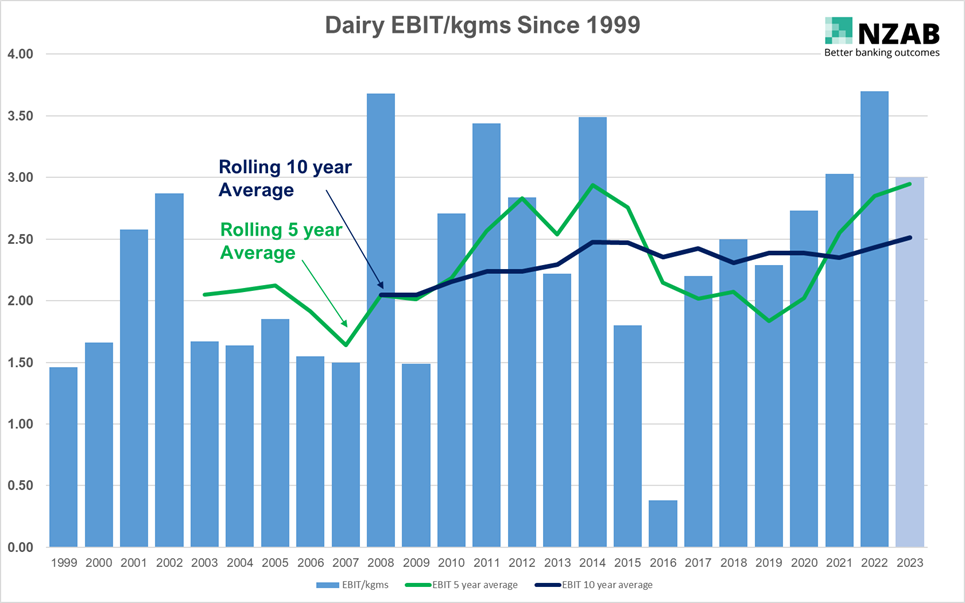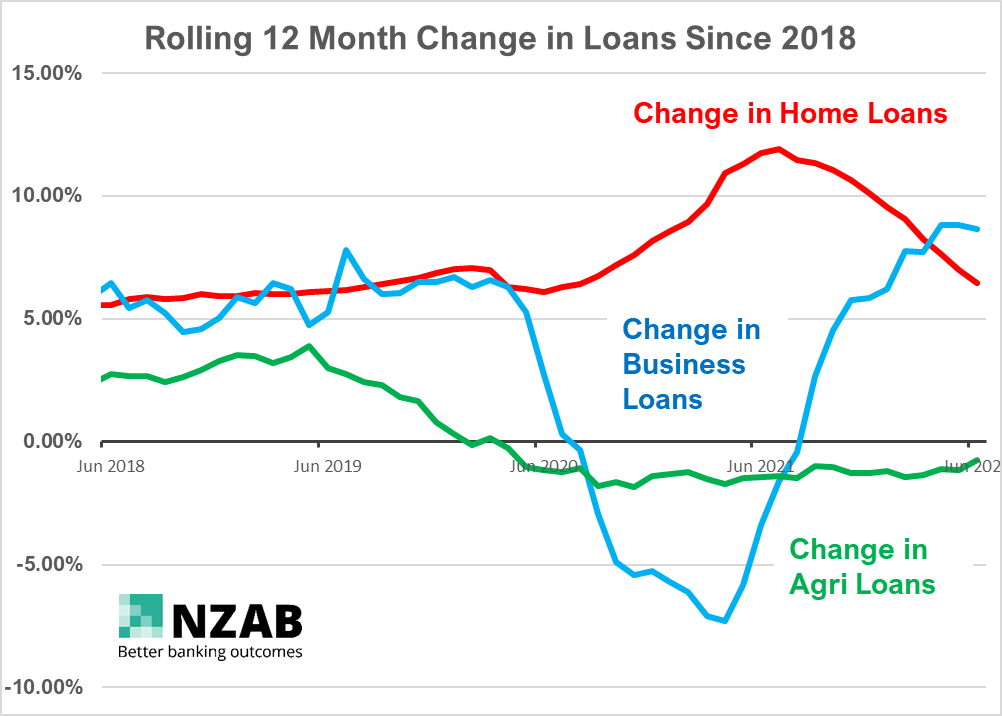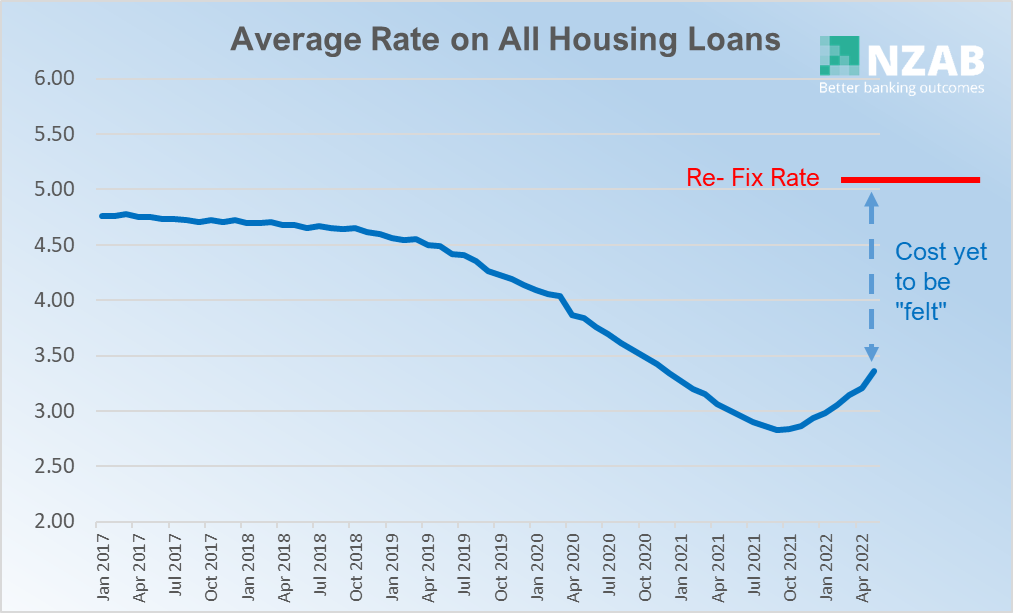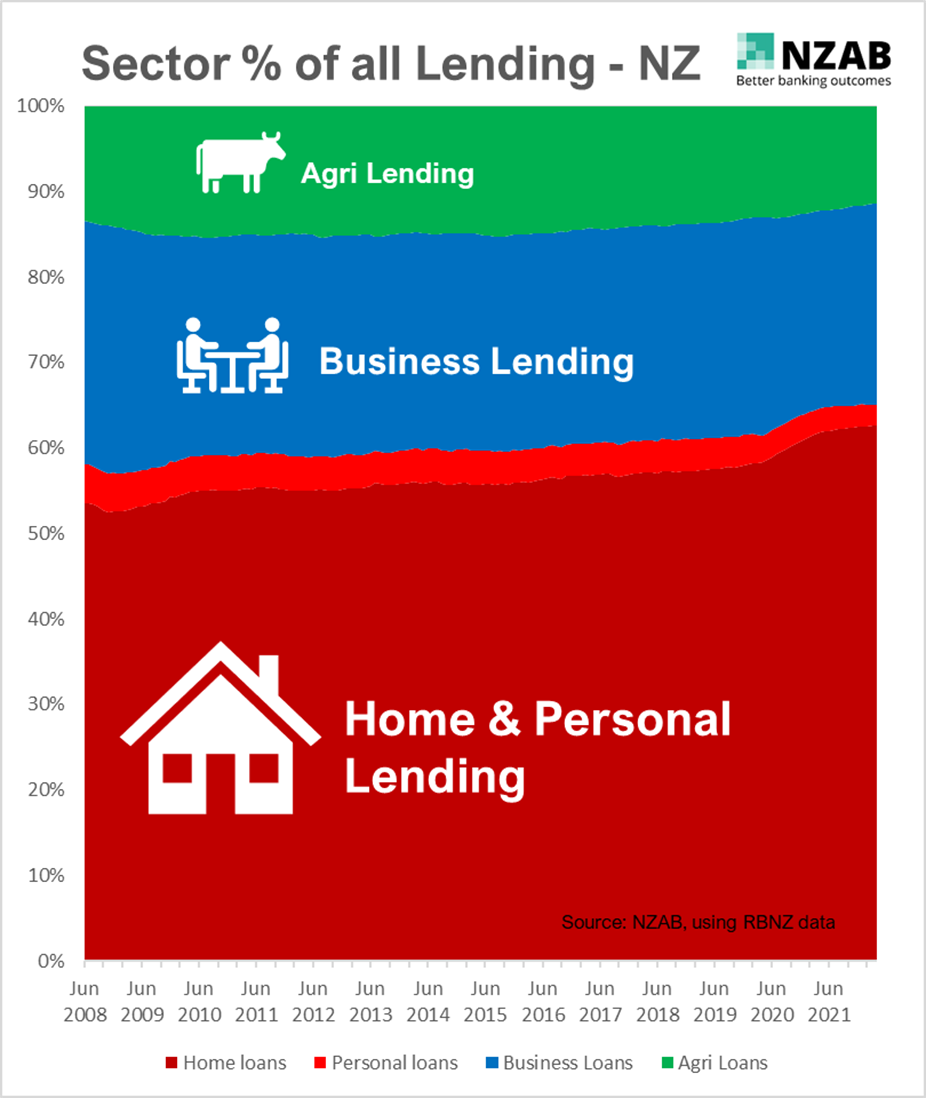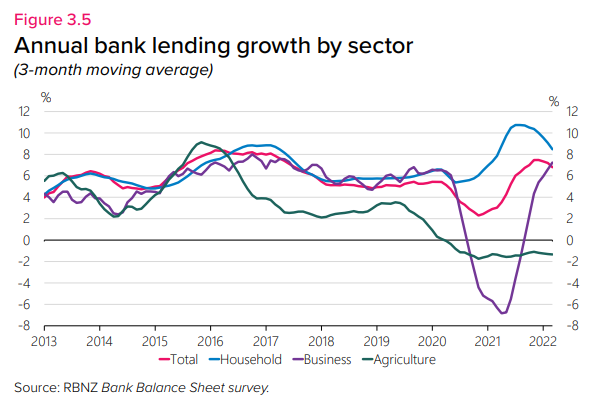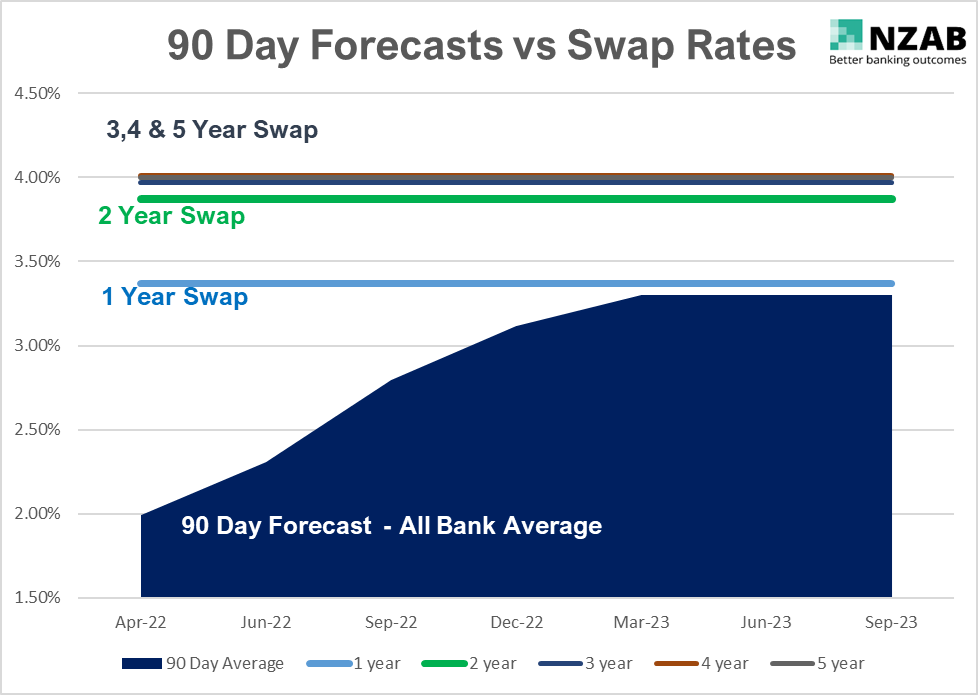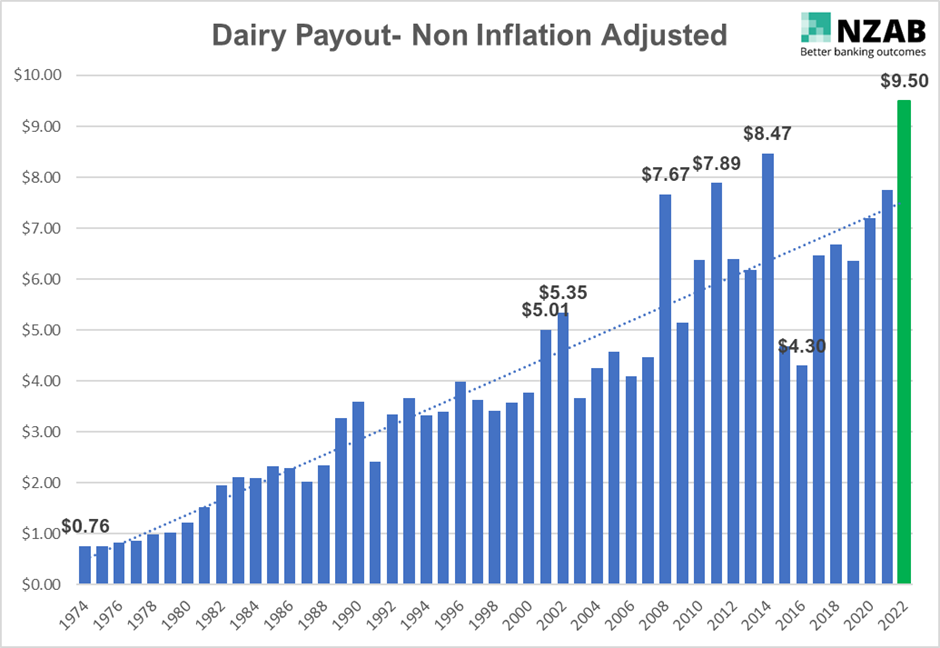It gives me great delight to announce that Nick Bell, Chris Laming, Mike Parr and Michael McKenzie have joined the founders of NZAB in becoming part owners.
At NZAB, we have sought to create to create an environment where the best bankers and business professionals can find a home, working directly for the farmer. We wanted them to stay deeply involved and grow commercially with the sector, deploying their significant experience for the benefit of the farmer.
Since we started NZAB, we have had a strategy to create a culture and a business model that allows those who believe what we believe to invest and grow alongside our vision. It's exciting to see that start to come to fruition.
Over time, we want more of our staff to do the same so they can continue to come to work each day feeling even more empowered to help their farmers get what they deserve.
Please join us in congratulating Nick, Chris, Mike and Michael!
In doing so, we thank you for your support. Without your ongoing business, or you telling your other farming peers about us, we wouldn’t be where we are today.
For those of you that don’t know them, you can find out a bit more about these great people below.

